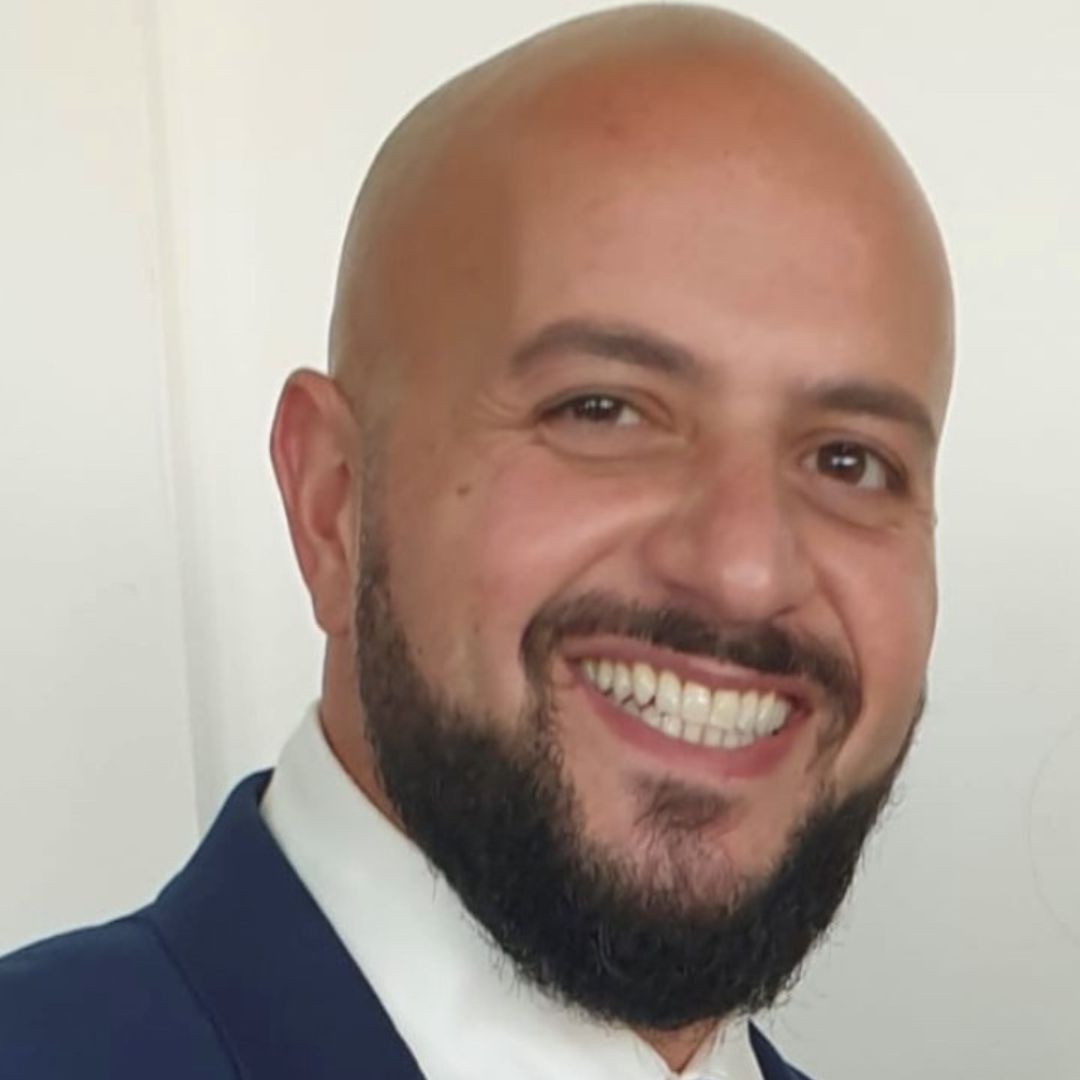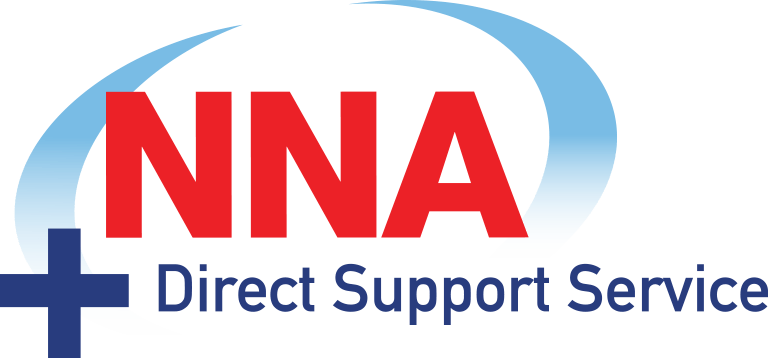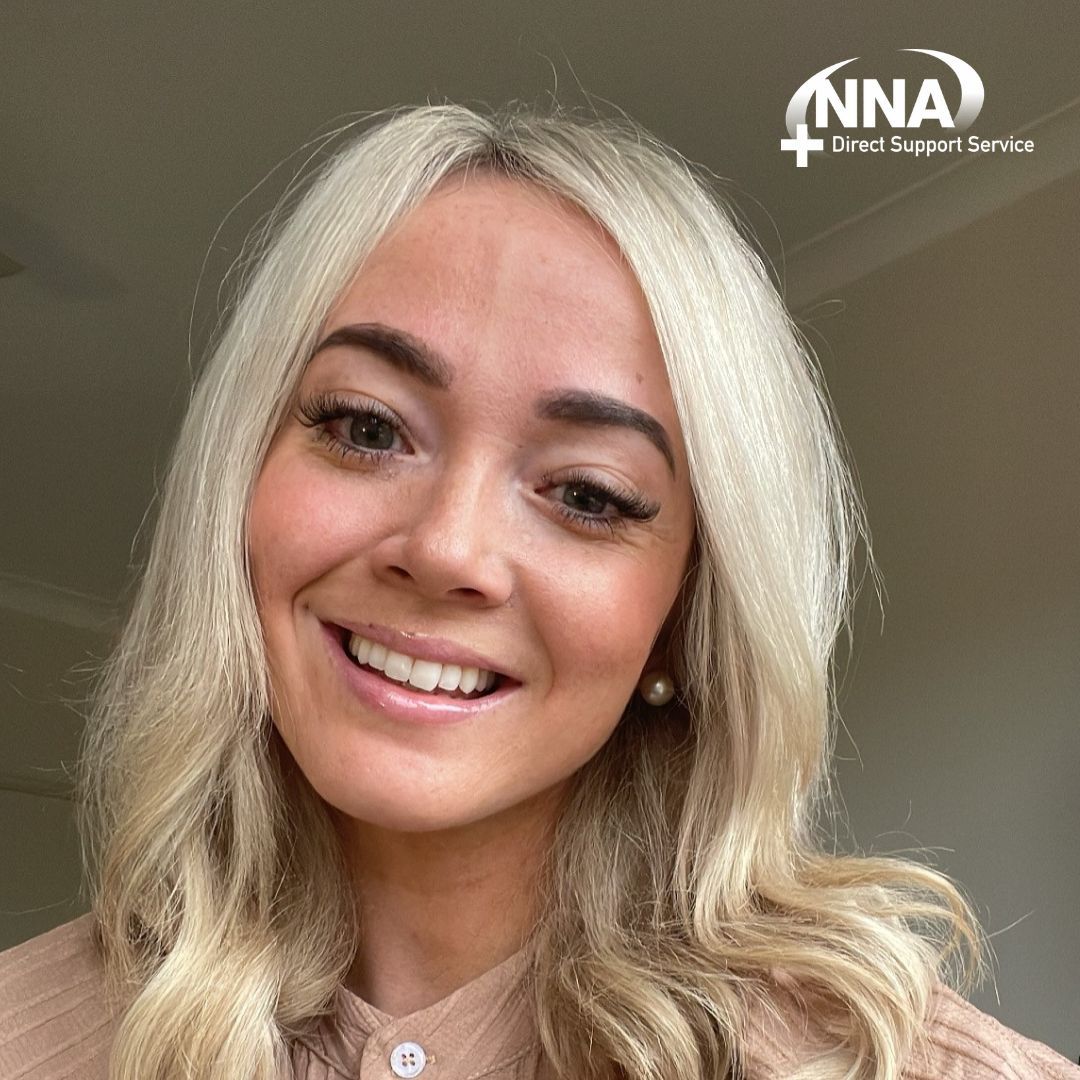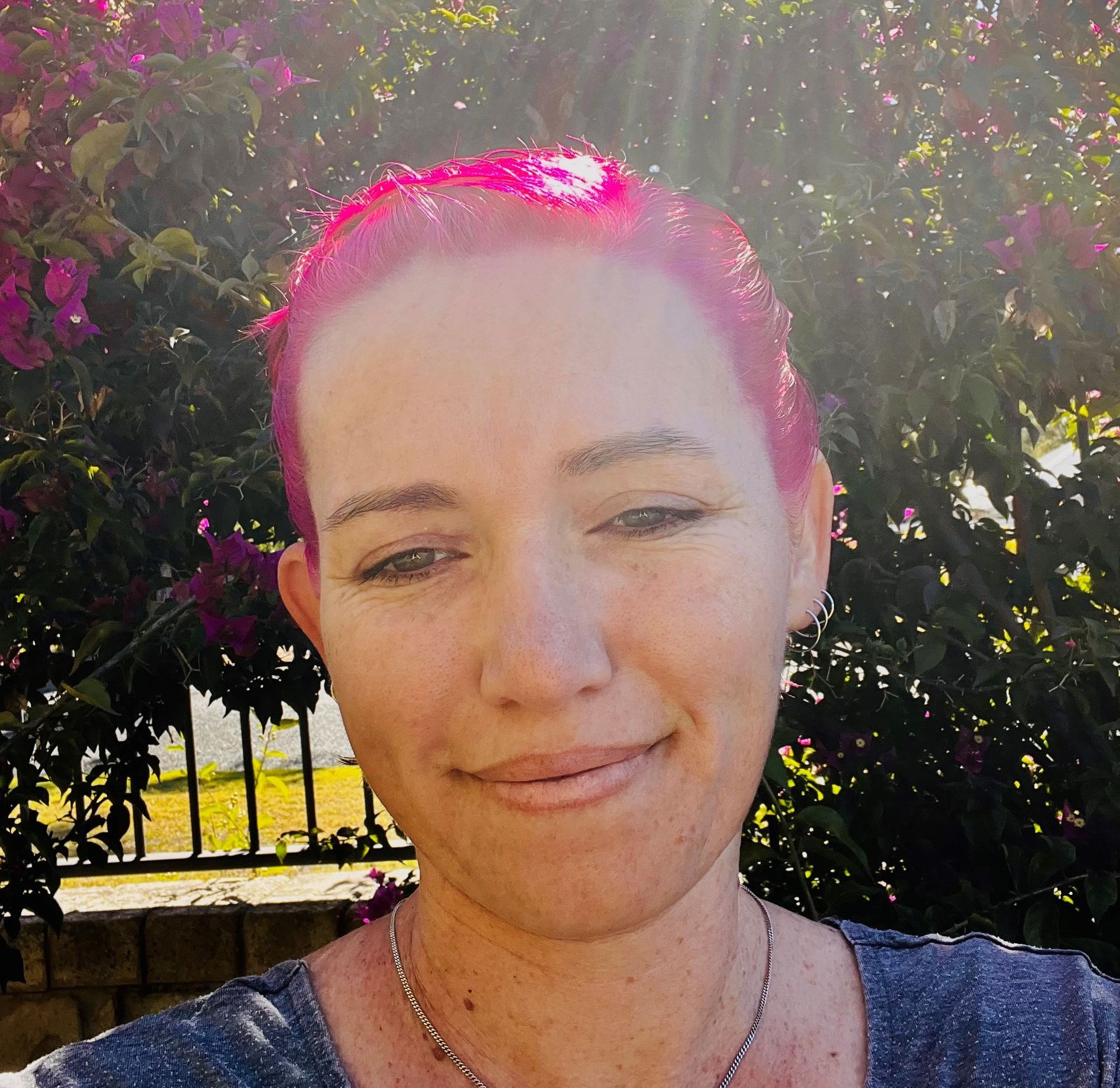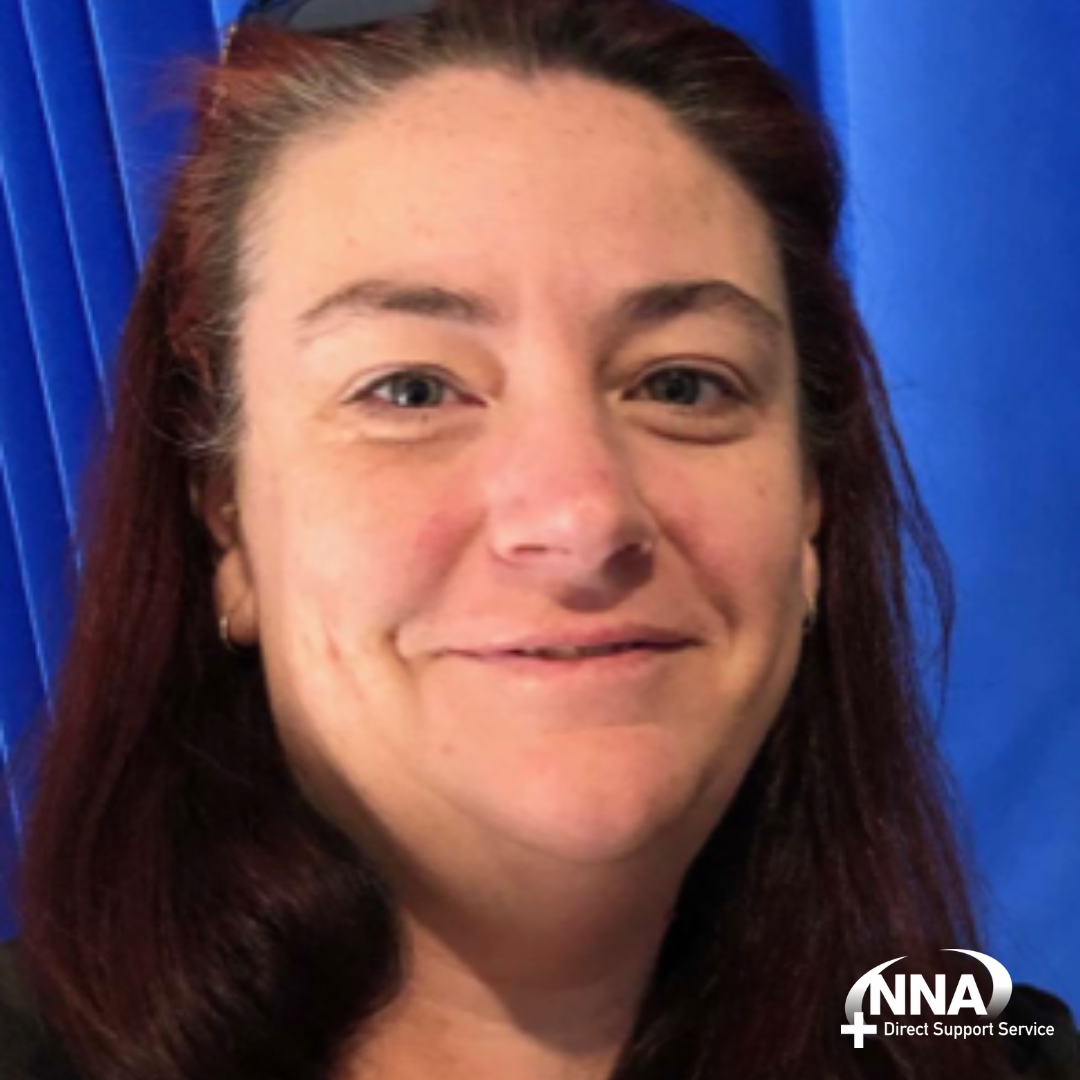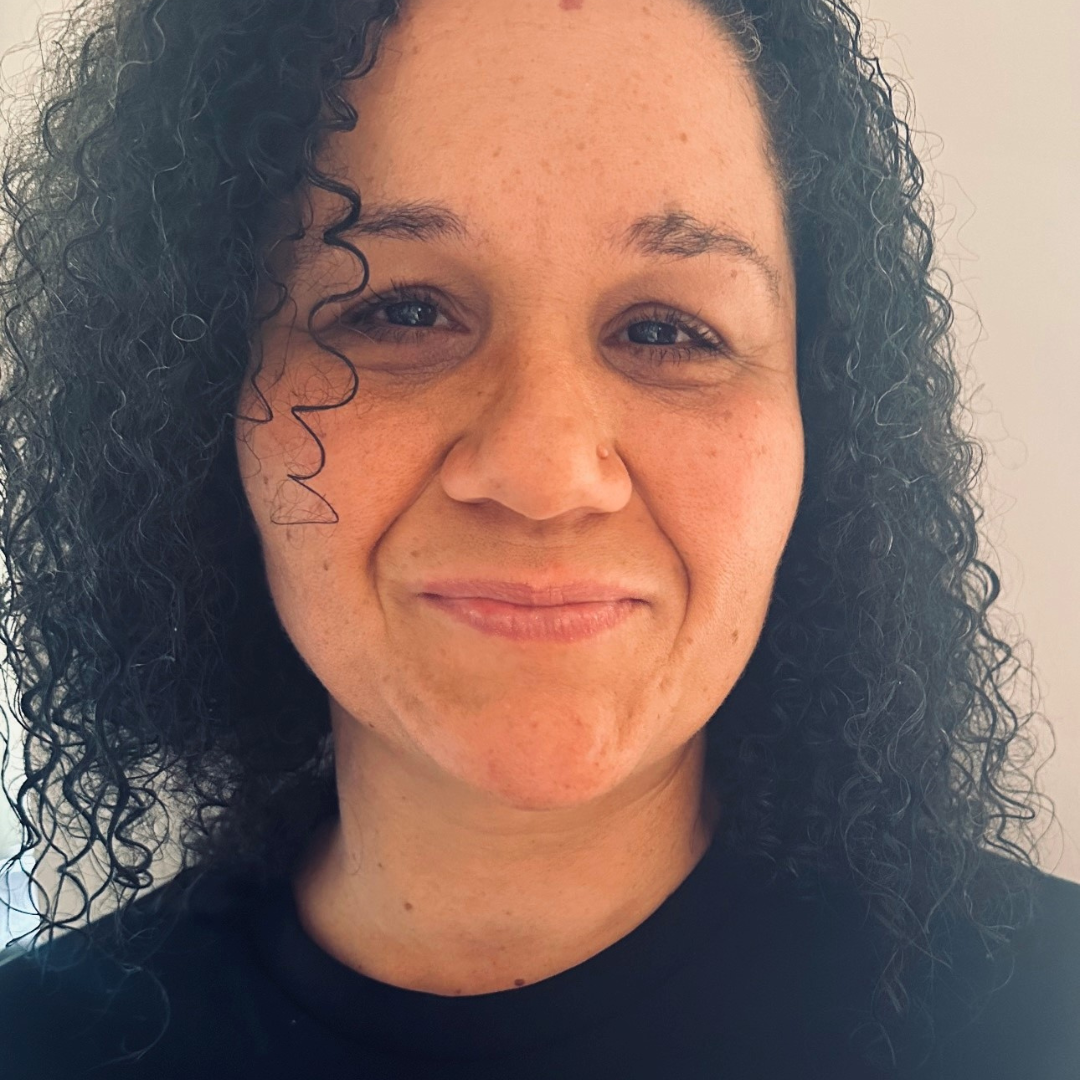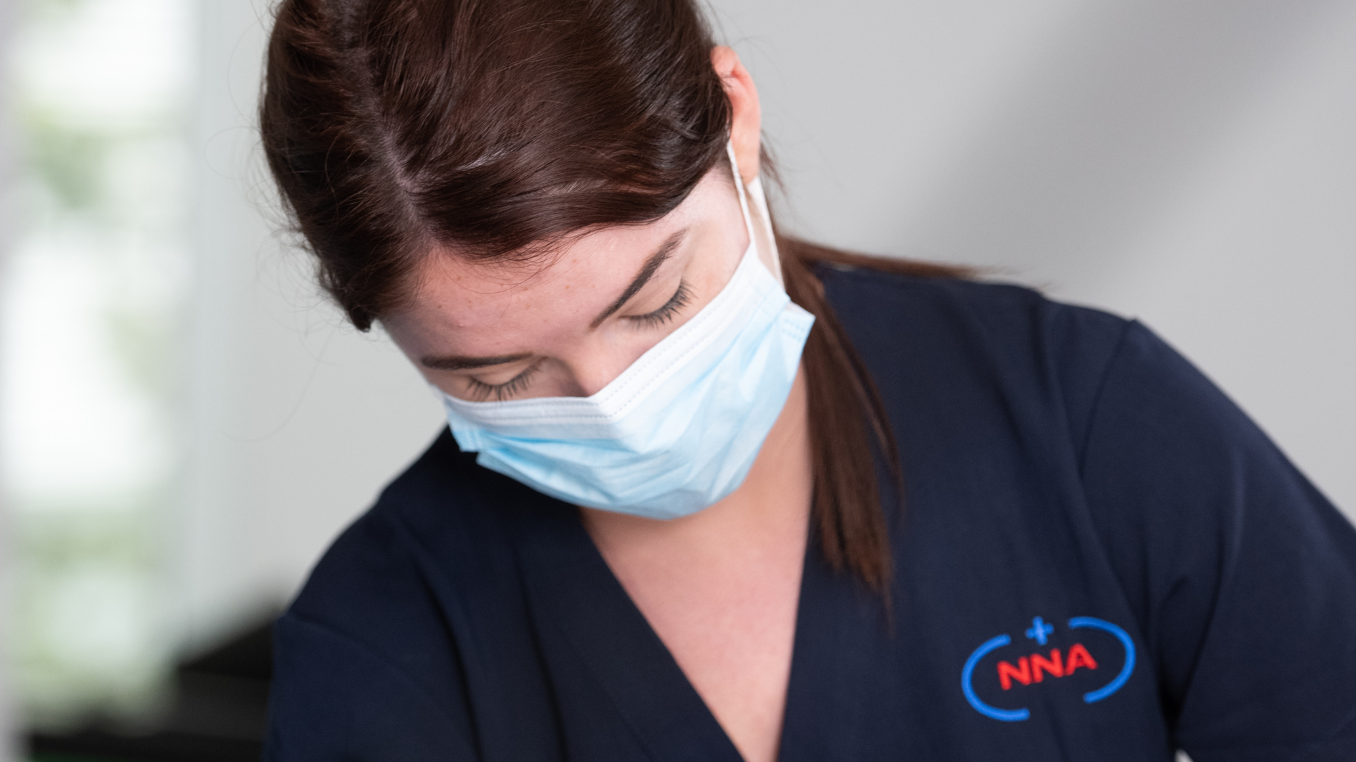Midwifery Differences between Australia and the USA.
TV shows like Call the Midwife and One Born Every Minute has allowed the public, even general nurses, to gain a much better understanding on what really happens behind closed doors in the labour ward. Though slightly dramatized, these shows raise some interesting conversations about the incredible role midwives play during this vulnerable time.
I was interested to find out how the role of a midwife varies between countries, so I interviewed two amazing midwives from opposite sides of the globe. Maddy comes from Melbourne, Australia and Mercy from Texas, United States (via Comforts of Home Midwifery) are here to share their stories.
Both women have had totally different experiences in becoming a midwife but also have some interesting similarities. I asked each of them 9 different questions regarding their current role, training, room for growth and advice for newbies just starting in the industry. I really enjoyed researching and writing this article and I hope you find the content super interesting.
1. What are the study requirements of becoming a midwife in your respective country?
Mercy (USA):
The requirements for becoming a midwife vary by state in the US. In some states, midwifery is actually illegal unless you are a Certified Nurse Midwife (CNM). This usually consists of having a bachelor’s degree in nursing and then a master’s degree in midwifery.
I practice in Texas and Oklahoma. In Texas, you have to have a license to practice. The requirements to get the license are similar to what the North American Registry of Midwives (NARM) requires for their Certified Professional Midwife (CPM) certification, so most midwives choose to obtain both. You must follow a course of study for a minimum of two years. This includes an apprenticeship with a licensed/certified preceptor.
In Oklahoma, we are listed but not regulated. This just requires that you fill out a form with basic demographics. You are required to notify of any training that you have had, so if you have been licensed in another state, it is easier to get approved.
In New York however, they do not recognize the CPM credential. They have their own Certified Midwife. Its requirements are somewhere between the CPM and the CNM as some people feel that the CPM is not enough.
Maddy (AUS):
To work as a midwife in Australia, you need to complete either a:
•Undergraduate degree in Bachelor of Midwifery (3 years) - Students who do not have a nursing qualification can complete this.
Or
•Bachelor of Nursing degree and then go on to complete a Graduate Diploma or Master of Midwifery (12-18 months)
There is a big push by the Australia Health Practitioner Regulation Authority (AHPRA) for midwifery students to focus on continuity of care, which means providing care to women from beginning to end of pregnancy. This is why students “need to spend at least 50% of the overall program on clinical placements in order for the course to be accredited” (source).
I ventured down the post graduate route, completing first a Bachelor of Nursing, then specialising in Emergency nursing with a post graduate certificate. I then went on to complete an (exhausting!) 12-month, post-graduate qualification in midwifery.
This was basically 3-4 years of study jam packed into 12 months. It was madness to say the least, because along with working to become a midwife, I was studying at the same time. If I wasn’t working a shift at the hospital I was at an appointment with an expecting mother or studying and it was really hard work, but worth it in the end.
My course was broken up into three main sections; clinical competencies, university classes and “following” mothers during their pregnancy. (More on this in a moment)
I should note there is one big difference in where you choose to do the 50% of the “hands on” clinical work in regards to private vs public healthcare.
This difference was about the money! You were either paid to work receiving a full wage, half wage or none at all, during the mandatory clinical hours. Whether you got paid was also dependent on if you receive a scholarship or financial loan currently. This is good to know if you want to become a midwife in Australia!
2. How many babies do you need to "catch/birth" independently during your training?
Mercy (USA):
•10 births must be done in an observation capacity. These can include doula births.
•A minimum of 20 births are done in an assisting phase. The supervising preceptor can decide not to let the student go on to the next phase if she/he doesn't feel that the student is ready.
•A minimum of 20 births are done with the student as the primary midwife under the supervision of their preceptor.
•5 more continuity of care births are required between the test to obtain the certification and actually getting the certification.
•A minimum of 23 initial prenatals, 77 additional prenatals, 40 newborn exams, 50 postpartum exams are also required.
Maddy (AUS):
•Birth 30 babies within the 12-18 month program (as a post graduate student).
•“Follow” 10 women throughout their pregnancy in your own time. You could consider this “on call.” This means attending antenatal visit classes/sessions, be present at the birth (for 6 of these women) and attend post natal appointments for each one. Most midwifery students like to follow 11-12 mothers at a time (not only 10) just in case a shift clashed with an appointment or a birth and you were unable to attend. On a side notes, these 10 births don’t count towards the 30 births if you don’t birth them yourself.
•Follow “high risk” pregnancy’s and also ones with a complex history
•10 caesarean section births
3. What certifications are required and need to be maintained as a midwife on a regular basis?
Mercy (USA):
Both state and North American Registry of Midwives (NARM) require that you hold current CPR for health care professionals and neonatal resuscitation. These must be renewed every 2 years. Texas licensure is also renewed every 2 years. In Texas, you are required to take a jurisprudence exam on Texas midwifery laws every 4 years. Renewal requires 20 hours of continuing education classes.
The CPM renewal is every 3 years. 25 continuing education classes and 5 hours of peer review are required for renewal.
Maddy (AUS):
To continue to practice midwifery in Australia, midwives must renew their registration every year while also completing 20 hours of continued professional development (CPD) hours annually. In my case, I need to complete 40 CPD hours because I am both a midwife and nurse.
Though the requirements may vary from state to state and differ depending on the hospital, most midwives are required to complete annually their basic life support (BSL), neonatal basic life support and paediatric basic life support. Neonatal advanced life support is only required if you work in the Neonatal Intensive Care unit and are assigned to attending “codes” or in-hospital emergencies.
There is also yearly training we need to complete in regards to the treatment of preeclampsia causing seizures and haemorrhage. Plus, another annual training session is refreshing your knowledge of Cardiotocography (CTG) monitoring with the Royal Australian and New Zealand College of Obstetricians and Gynaecologists.
You must also successfully complete (as a student midwife) “hands on” competencies such as an internal exam, inserting urinary catheters, performing a newborn screen and also a heel prick test. Plus, also successfully demonstrating you can care for a postnatal mother and child through various assessments.
We also need to complete the annual competencies of blood safe, hand hygiene, fire training, no-lift/or safe lift principles and other hospital specific requirements.
4. What are the different levels of midwifery?
Mercy (USA):
There are three different levels in the United States:
Certified Professional Midwife (CPM) – Me.
“The CPM is the only midwifery credential that requires knowledge about and experience in out-of-hospital settings”. CPM’s work exclusively in settings outside of hospitals, such as homes and birth centers. These midwives have completed coursework, an apprenticeship and a national certifying exam. CPMs are licensed to practice in 33 states.
Certified Nurse Midwives (CNM) - Have completed both nursing school and an additional masters degree in midwifery. They’re qualified to work in all birth settings, including hospitals, homes, and birth centers. They can also write prescriptions in all 50 states.
Certified Midwives (CM) – Are similar to a CNM except they have a background in a health field other than nursing. They take the same exam as nurse midwives through the American College of Nurse Midwives. CMs are currently only licensed to practice in Delaware, Missouri, New Jersey, New York, Maine and Rhode Island.
Maddy (AUS):
In regards to midwifery in Australia, there is only one level midwife and that is a registered midwife. You receive this qualification after successfully completing a three years bachelor degree or completing a post-graduate certificate like myself.
You can then go on to specialize in areas such as neonatal intensive care by completing another postgraduate qualification but these positions first start as a registered midwife. Obtaining a “mini promotion” and becoming a Clinical Midwife Specialist (CMS) is also achievable with experience.
5. How much does it cost to become a midwife?
Mercy (USA):
There is a push for midwives to attend a midwifery school that is accredited by the Midwifery Education Accreditation Council. This requires pursuing midwifery school to become less cost effective.
Currently non accreditated schools are $5000-10000. Accreditated schools are closer to $30000. At this time, there is a special bridge certification for those who did not go to an accreditated school. Some women are pursuing this because some states may start requiring this certification to get licensed. This bridge certification requires 50 continuing education classes from only approved, accredited sources.
Maddy (AUS):
The amount you pay for your course depends greatly on whether you’re a Commonwealth supported student or full-fee paying.
The amount you pay is also dependent on if you are completing the undergraduate degree or the post-graduate qualification. For example, I paid around $20,000 for my post graduate certificate where as an undergraduate student going to Griffith University for example, will pay around $6,566.00 per year according to their website here.
If you went to Deakin University you’ll pay $6,954 for 1 year full-time for their bachelor of nursing/Bachelor of Midwifery, undergraduate degree (according to their website here).
6. What is the nurse to patient ratio in these 3 areas; prenatal, labour ward and postnatal? Who provides extra assistance when needed?
Mercy (USA):
Only CNMs can work in a hospital setting. Since I am a CPM, I don't know what this is typically. It probably varies by hospital.
For homebirth and birth center midwives, this number is based on the midwife's own comfort level. A birth center is more likely to take higher numbers than a homebirth midwife. Usually these midwives provide all the care for these 3 areas. As midwives, we build relationships and call on each other to assist when we need extra hands.
Maddy (AUS):
In a hospital setting it is generally dependent on the ward:
•Antenatal (before birth): 1:4 (one nurse to four mothers) and overnight this increases to 1:6 (sometimes 1:7)
•Birth suit: 1 midwife to 2 rooms (labour and given birth). However, if there is one mother actively giving birth it can become 1:1 with more help being acquired from the wards if needed.
•Postnatal: 1:4
•Emergency department: 1:3
When more help is needed due to a deteriorating patient we use the code system below or call for extra hands on another ward.
•Met call – Deteriorating patient
•Pink - Paediatric emergency and/or obstetrical emergency
•Green – Caesarean
•Blue – Cardiac arrest
7. In regards to rostering, how long are your shifts? Do you often complete overtime? Are there mandatory breaks between shifts? How much annual leave are you entitled to a year?
Mercy (USA):
I believe hospital midwives work in 24-hour shifts. I do not know about their other policies. With birth centres, their policies vary. Homebirth midwives don't have "shifts". Most birth centre and homebirth midwives are independent practioners. Our annual leave is based on how much time we want to take off each year. We usually just don't take clients for the time period that we want to vacation or have a partner cover us.
Maddy (AUS):
Shifts are similar to nursing; AMs (7-3:30), PMs (1:30-10:00) and ND 21:30-7:30.
I have found that you tend to work past your finish time often, by 15-30 minutes but would never get paid for it. Occasionally on a really busy shift, when a few staff have had a break, you’ll get paid for your break time but that’s happened probably 3 or 4 times for me. When they are short staffed, the nurse in charge will offer you and the other staff overtime which I’ve done a few times too.
Time between shifts is 10 hours which I believe is the same for general nursing.
As for annual leave, it depends on your EFT (equivalent full time position) entitlements. For example I work 0.8 EFT which I believe is 5 weeks annually.
8. What are the career progression opportunities for midwives?
Mercy (USA):
There aren't really career progression opportunities. Career progression may just be getting more clients or opening a birth center instead of doing all homebirths.
Maddy (AUS):
Career progression would be towards management, education or specializing in a specific area and in turn undertaking further studies. There is a program called Midwifery guided practice (MGP) which is for low risk, uncomplicated pregnant women wishing to have continuity and 1-2 midwives looking after them through their pregnancy, birth and post-natally.
I guess that would be a big goal for a lot of midwives as it gives them great autonomy and helps in getting to know their women. Lactation consultant is another that comes to mind as its specific to the world of breast-feeding and the many complexities that come with it.
Becoming a private midwife could also be another option for midwives wanting more autonomy. These nurses are affiliated with a hospital, regardless of being a home birth nurse, as a doctor still needs to sign off the birth taking place.
9. What advice would you give a new midwife?
Mercy (USA):
Make friends and get support in the midwifery community. No one else better understands what you go through like another midwife.
Maddy (AUS):
Being a midwife is a privilege. Being able to support women and their families through likely their most life-changing experience yet, is rewarding and humbling.
I love being able to support, reassure, teach and encourage these women in what appears to be an incredibly joyful and surreal time, as much as it can be overwhelming and simply exhausting.
I find success in the little wins like properly attaching a baby to the breast, coaching a women to effectively push and providing the adequate analgesia after cesarean surgery so a women stand to change her baby’s nappy.
Although the pay, conditions, hours and politics can sometimes make you question your decision to become a midwife, what I’ve learnt about the female body, the importance of teamwork and what a miracle it truly is to help bring life into this world would never make me give it up.
Plus, the baby’s are pretty darn cute!
In summary…
Regardless of where you have your baby, you’re in pretty incredible hands from a midwifery perspective.
If you’re interested in more information on becoming a midwife, here are some useful links:
In Australia:
•https://www.nursingmidwiferyboard.gov.au/Registration-Standards.aspx
•http://www.midwivesaustralia.com.au/?page_id=224
•https://www.midwives.org.au/grow-your-career
In the United States:
•http://www.midwife.org/Become-a-Midwife
•https://www.nursepractitionerschools.com/faq/how-to-become-nurse-midwife/
•State-by-state regulation
References:
•https://degrees.griffith.edu.au/Program/1354/Overview/Domestic#fees
